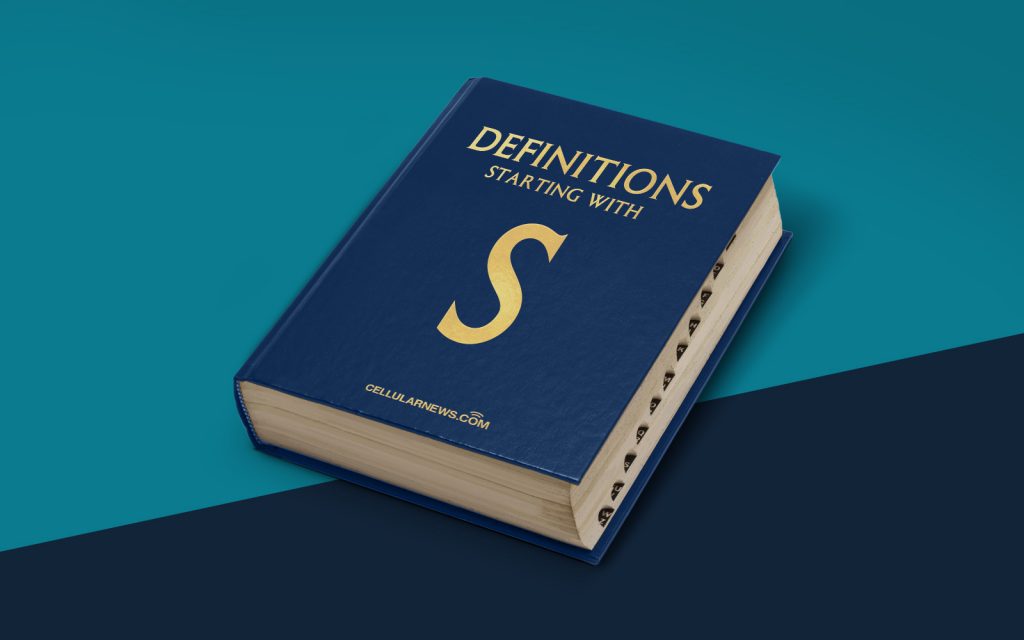
What is Speech Synthesis?
Are you curious about the amazing world of speech synthesis? Well, you’ve come to the right place! In this blog post, we will explore the fascinating concept of speech synthesis and delve into its inner workings. So, grab a cup of coffee and let’s get started on this sonic journey!
Key Takeaways:
- Speech synthesis is the artificial production of human speech by computers or other machines.
- Text-to-speech (TTS) is a common application that utilizes speech synthesis technology.
Speech synthesis, also known as text-to-speech (TTS), is an incredibly advanced technology that enables computers or other devices to generate human-like speech. It involves the artificial production of fluent, natural-sounding speech based on written text. This fantastic technology has found numerous applications, ranging from digital assistants like Siri or Alexa to audiobooks and accessibility tools for people with visual impairments.
Wondering how speech synthesis actually works? Let’s break it down into three simple steps:
- Text Analysis: The first step in speech synthesis involves analyzing the written text. This analysis includes identifying individual words, punctuation marks, and grammar rules. By understanding the structure and context of the text, the system can generate appropriate intonation, stress, and rhythm for the synthesized speech.
- Phonetic Conversion: Once the system has analyzed the text, it needs to convert the written words into phonetic representations. Phonetics is the study of the sounds in human speech, and this step involves determining the appropriate pronunciation for each word. This conversion process involves referencing extensive databases of phonetic patterns and rules to achieve accurate speech synthesis.
- Voice Generation: After the text has been analyzed and the phonetic representations have been generated, the final step is voice generation. In this phase, the system combines all the components to create synthesized speech. It utilizes signal processing algorithms to produce the desired intonation, pitch, and natural rhythm, resulting in a lifelike speech output.
Speech synthesis has come a long way since its inception, thanks to advancements in technology and machine learning. The current state-of-the-art systems are capable of producing remarkably realistic voices, almost indistinguishable from human speech. These systems have revolutionized the way we interact with technology, making it more accessible, immersive, and engaging.
So, the next time you marvel at the human-like voice coming from your smart device, remember that it’s a product of the incredible world of speech synthesis. With its ability to convert written text into spoken words, this technology has undoubtedly expanded the horizons of communication and accessibility.
Now that you have a grasp of what speech synthesis entails, my hope is that you can appreciate the complex processes that make it possible. Whether you’re enjoying an audiobook, receiving assistance from a virtual assistant, or using speech-to-text functionalities, spare a thought for the invisible gears of speech synthesis churning away behind the scenes.
